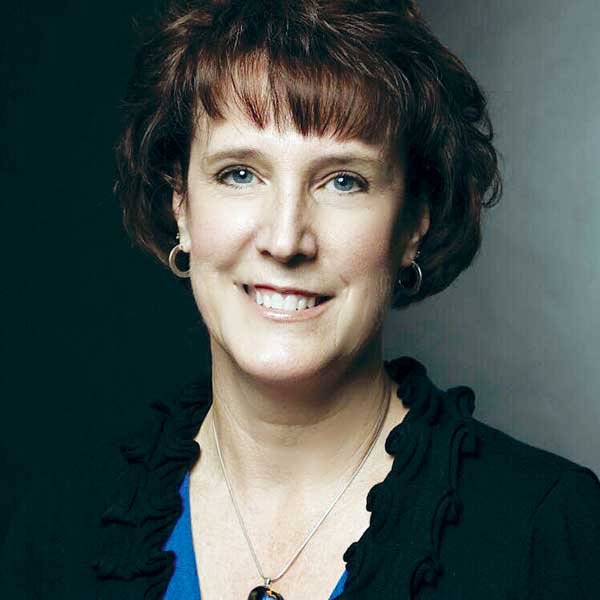
In the late 1990s, I was the lead researcher on a hypothesis that having families present for codes and trauma would improve the grieving process in the event of death.
At that time, I was practicing in the field of pediatrics. The grieving process we were studying was that of a loss of a child. We designed the process for the families to be present with someone by their side, explaining as the team worked on resuscitation and saving the life of their loved one.
I had doctors, nurses and even the environmental service individuals complain about having families present. Comments such as: “They will sue us, they will know when we do something wrong in the heat of the moment, and they will not be able to handle seeing what happens in a code or trauma” were stated over and over again. I spent a lot of time listening and even had to put my job on the line with one doctor who wanted me fired if this study “blew up.”
The results of the study surprised us in some of the unanticipated outcomes:
1) Families who were not left in the dark wondering what was happening to their loved one, sued less and were far more willing to give the care providers grace and forgiveness because they saw how much they had cared and worked to save their loved one.
2) Families noticed when mistakes happened but saw them in the totality that human error was not the causative factor and in cases that human error was a causative factor, they understood the “why” the error occurred.
3) When information was withheld, the family many times created their own versions of what occurred, and presenting information after they had drawn conclusions made it almost impossible to alter the opinion of the family.
4) The impact of being able to say to the family, “I am so sorry” in the moment after resuscitation and shed tears with them left providers feeling less emotionally distressed and part of the collective healing process, instead having to cope individually.
You might find yourself thinking, that is well and good in a controlled setting with high emotional impact, but my world in long-term care is different. I would ask that you pause for a moment and think about what you are facing right now, in 2020. You are facing external and internal pressures to perform safer, be transparent and achieve levels of performance unprecedented from what was known in the past.
Being transparent isn’t something decided upon in a meeting and then declared as, “We are a transparent organization.” The word “transparency” feels trendy and is a frequently used buzzword. Yet, there is very little discussion on how you do transform your culture into believing and acting with transparency.
Transparency does require the investment of resources to change systems and responses to safety events and quality issues. There are answers available and one that is totally free, downloadable and ready for your utilization today: The Agency for Healthcare Research and Quality (AHRQ) has developed a toolkit for healthcare providers to use to build skills and advance transparency, Communication and Optimal Resolution (CANDOR).
The site has everything you need to develop systems, process and training to advance your organization into one of true transparency. While originally designed for acute care, the toolkit is applicable and easily adapted to long-term care settings. Think about this for a moment: The need for transparency will not diminish, nor will the demand decline from families for answers and partnership. Take the time to learn what transparency really is and can mean to those who look to you for safe, trustworthy care of their loved one.
Martie L. Moore, MAOM, RN, CPHQ, has been an executive healthcare leader for more than 20 years. She has served on advisory boards for the National Pressure Ulcer Advisory Panel and the American Nurses Association, and she currently serves on the Dean’s Advisory Board at the University of Central Florida College of Nursing. She recently was honored by Saint’s Martin’s University with an honorary doctorate degree for her service and accomplishments in advancing healthcare.




